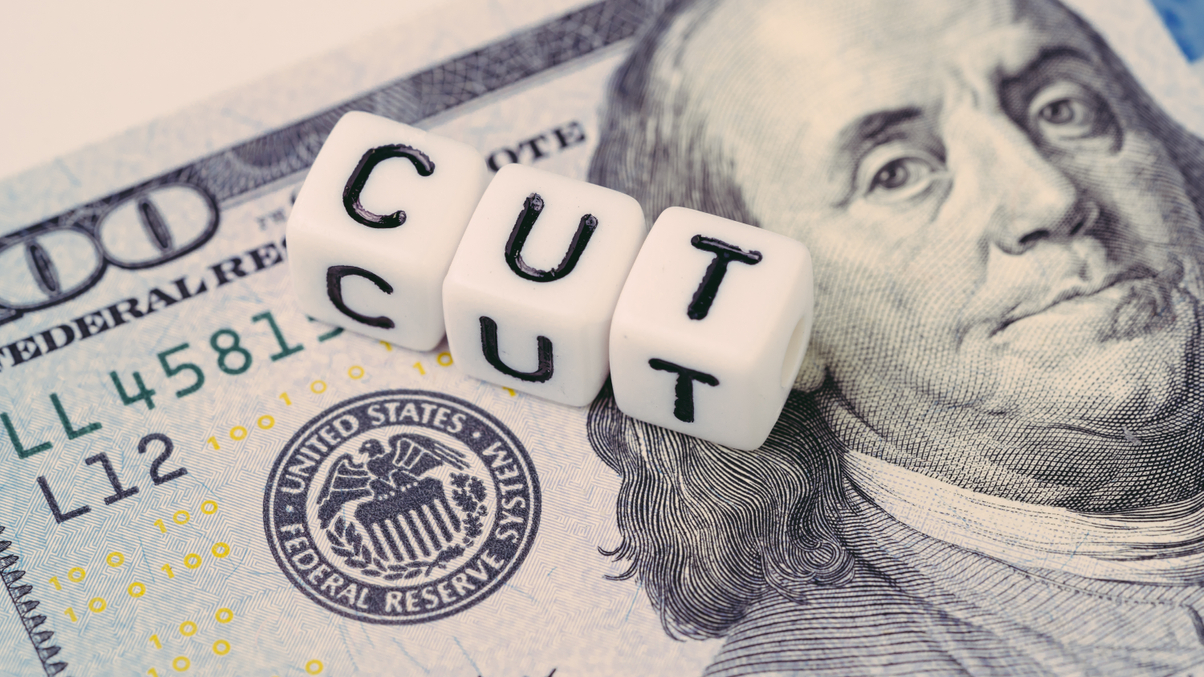Year of the Rat reflections: The Fed’s rate cuts and standout assets
AsianInvestor looks back on our third and fourth Chinese New Year predictions from 2020: what the Federal Reserve did with rates and the best and worst-performing assets.

At the beginning of every Chinese New Year, AsianInvestor makes 10 predictions about economic, political and financial developments that are likely to have an impact on the way institutional investors allocate their funds. And then, one year later, we revisit these forecasts to see how well we did.
Sign In to Your Account
Access Exclusive AsianInvestor Content!
Please sign in to your subscription to unlock full access to our premium AI resources.
Free Registration & 7-Day Trial
Register now to enjoy a 7-day free trial—no registration fees required. Click the link to get started.
Note: This free trial is a one-time offer.
¬ Haymarket Media Limited. All rights reserved.


